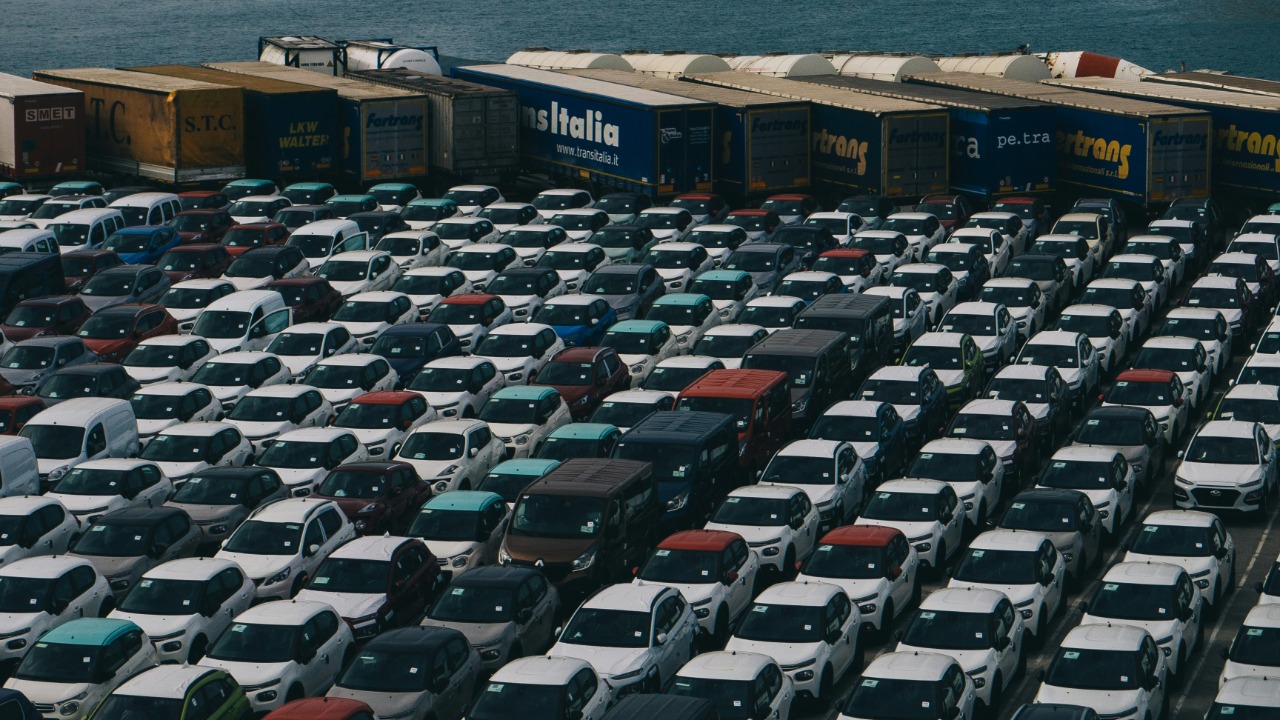
Car carrier Wallenius Wilhelmsen has issued a warning that automakers shipping vehicles to the United States will face higher costs due to new port fees. These additional charges could add $200-$300 per vehicle, despite the recent trade truce between President Donald Trump and Chinese President Xi Jinping. This development, which came to light in early November 2025, underscores the ongoing challenges in the automotive supply chain, even as trade tensions between the US and China begin to ease. The new fees could significantly impact the economics of importing for manufacturers who rely heavily on ocean transport.
Origins of the New US Port Fees
The new port fees have been implemented at major US facilities and specifically target vehicle imports. These fees are a result of recent regulatory changes. Key ports on the East and West Coasts, which handle the bulk of automotive shipments, are among the locations affected. The structure of these fees includes baseline charges and escalators tied to the size of the vessel or the volume of the cargo according to reports.
Wallenius Wilhelmsen’s Perspective
As a leading car carrier operator, Wallenius Wilhelmsen has direct exposure to US port operations. The company has explicitly warned about the potential cost increases for automakers, emphasizing the need for transparent fee disclosures. The warning was issued on November 5, 2025, as part of broader industry communications reported by Reuters.
Estimated Cost Impact Per Vehicle
The new port fees could add an estimated $200-$300 per vehicle, impacting imported cars and SUVs. These fees can accumulate across a typical shipment, potentially raising overall logistics expenses by double-digit percentages. Wallenius Wilhelmsen has provided specific projections on the per-unit burden for manufacturers, highlighting the significant impact of these fees.
Context of the Trump-Xi Trade Truce
The Trump-Xi trade truce, announced prior to November 2025, aimed at reducing tariffs on automotive goods between the US and China. However, port fees persist independently of the truce, as they relate to domestic infrastructure funding rather than bilateral trade barriers. Despite the truce’s potential to stabilize import costs, these fees have emerged as a new challenge for automakers according to reports.
Broader Implications for Automakers
Major automakers, including those shipping from Asia and Europe, will need to decide whether to absorb the additional $200-$300 per vehicle costs or pass them on to consumers. Electric vehicle makers could be particularly vulnerable, given their higher shipping volumes to US markets. Wallenius Wilhelmsen has assessed that these fees will have widespread effects on car manufacturers as reported by MarketScreener.
Industry-Wide Shipping Challenges
Wallenius Wilhelmsen’s role in the global car carrier sector means that US port fees could disrupt established routes. Potential ripple effects include delays or rerouting, as warned about in the November 6, 2025 reporting. The carrier has forecast higher overall shipping expenses, according to Reuters, indicating that the industry may need to brace for significant changes in the near future.
More from MorningOverview